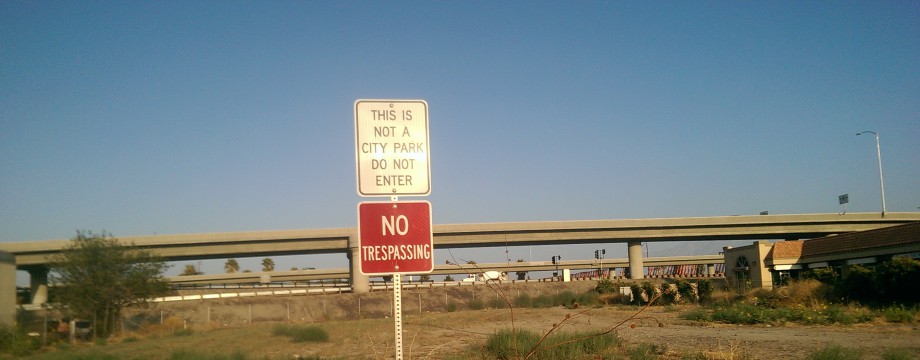This happened yesterday in the Victor Valley area of San Bernardino County. I don’t think I’ve ever seen a bus that mangled before. Story from the Victorville Daily Press
Crash between bus, tractor-trailer on Highway 395 injures seven
A Victor Valley Transit Authority Bus and a tractor-trailer were involved in a traffic collision at the intersection of Highway 395 and Bartlett Avenue in Adelanto on Wednesday afternoon. The cause is under investigation. David Pardo, Daily Press
Posted Jul. 13, 2016 at 2:35 PM
Updated Jul 13, 2016 at 5:25 PM
ADELANTO — A collision involving a transit bus and a tractor-trailer on Highway 395 left seven people injured Wednesday afternoon, authorities said.
The crash was first reported just after 1:30 p.m. at the intersection of Highway 395 and Bartlett Avenue and involved a Victor Valley Transit bus and a Kenworth tractor-trailer, authorities said. San Bernardino County Sheriff’s Department personnel on scene said the bus was headed west on Bartlett Avenue while the tractor-trailer was headed north on Highway 395 when the collision occurred, but further details were not available.
A total of seven people on the bus, including the driver, were reported to be injured. Six were taken to local hospitals and firefighters had to use the “Jaws of Life” to extricate the bus driver, San Bernardino County Fire Department personnel said. She was then transported to a trauma center, but the severity of her injuries was not known.
Victor Valley Station Cpl. Robbie DeBois said it appeared that the driver of the tractor-trailer did not suffer any injuries.
County Fire Capt. Dan Nelson said five County Fire units responded. The northbound lanes of Highway 395 were initially shut down between Bartlett Avenue and Air Expressway while southbound traffic was diverted to Bartlett Avenue.
Caltrans said on its official Twitter account just before 3:30 p.m. that both northbound and southbound lanes of Highway 395 between Chamberlaine Way and Air Expressway were closed. It was not known when the lanes would reopen.
The cause of the crash remains unknown, DeBois said, and Victor Valley Sheriff’s Station deputies are investigating.
Paola Baker may be reached at 760-955-5332 or PBaker@VVDailyPress.com. Follow her on Twitter at @DP_PaolaBaker.





